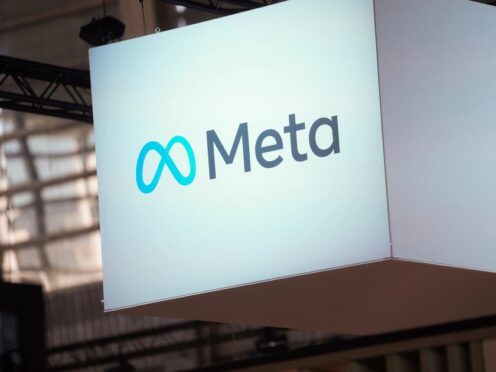Meta has unveiled the next version of large language model (LLM), the technology behind generative AI chatbots, as the tech giant looks to take on ChatGPT.
Called Llama 3, Meta said the latest version of the model is smarter and faster, as well as supporting “improved reasoning”.
It will first be integrated into Meta AI, the firm’s own virtual assistant, and one that Meta now claims is the “most intelligent AI assistant you can use for free” because of the additional power Llama 3 gives it.
Meta is one of a number of big tech firms fighting to challenge market leader OpenAI, whose ChatGPT has become the most prominent of the new generation of generative AI tools.
For this launch, Meta AI is being made more prominent and accessible within Meta’s apps – Facebook, Instagram, WhatsApp and Messenger – while also getting a standalone website, which positions it as a direct competitor to ChatGPT for the first time.
With our latest advances in Meta Llama 3, Meta AI is now smarter and better than ever. You can use Meta AI in @facebook, @instagram, @messenger and @WhatsApp to get things done and access real-time info without having to leave the app you’re using. pic.twitter.com/a42pa6bOcr
— Meta Newsroom (@MetaNewsroom) April 18, 2024
An enhanced image generation tool, which is being tested inside WhatsApp, is being rolled out too.
Meta also confirmed it was expanding the availability of Meta AI to a number of countries outside the US, but it remains unavailable in the UK and Europe.
“With our most powerful large language model under the hood, Meta AI is better than ever. We’re excited to share our next-generation assistant with even more people and can’t wait to see how it enhances people’s lives,” the tech giant said in a blog post on the launch.
It added that its assistant would also be available within its Ray-Ban Meta smart glasses, and was coming to the Quest virtual reality platform.
The company said it planned to introduce more Llama 3 models in the near future to make the model both multi-lingual and multi-modal – meaning it can take in and respond in not only text, but images, video and audio.
In a Facebook post on the rollout, Meta founder Mark Zuckerberg said: “We’re releasing the new version of Meta AI, our assistant that you can ask any question across our apps and glasses. Our goal is to build the world’s leading AI.
“We’re upgrading Meta AI with our new state-of-the-art Llama 3 AI model, which we’re open sourcing. With this new model, we believe Meta AI is now the most intelligent AI assistant that you can freely use.
“We’re making Meta AI easier to use by integrating it into the search boxes at the top of WhatsApp, Instagram, Facebook, and Messenger. We also built a website, meta.ai, for you to use on web.
“We also built some unique creation features, like the ability to animate photos. Meta AI now generates high quality images so fast that it creates and updates them in real-time as you’re typing. It’ll also generate a playback video of your creation process.”
